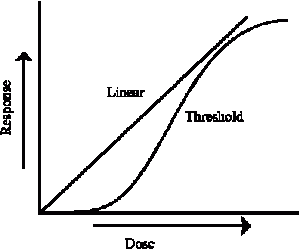I do, but only sometimes.
It seems that everyone expects speakers/trainers/teachers to have a deck of Powerpoint slides to use when they’re talking. They’re often badly designed and used poorly, but they can be a useful way of making a talk more visual and interesting. However, they can also be a distraction and if overused their impact is reduced.
I probably overuse Powerpoint. It’s easy to do this. Preparing a talk or session on a training course can easily turn into preparing a set of slides which form the structure of the talk and end up being used a speaker prompts. The problem with this is that your talk starts to follow a rigid framework imposed by the default Powerpoint template. I think that Nancy Duarte and Garr Reynolds have it right when the recommend “going analogue” when preparing a talk – i.e. using paper to plan it out. This can free your thought process and allow you to think about how to present your ideas without getting stuck in a Powerpoint induced rut..
From an audience point of view, watching contiuuous streams of slides projected on a screen can become tedious. Its much more interesting if there is some variety in the way material is put across. You’re more likely to keep their attention.
I was running a revision course last week for occupational hygienists preparing to take their Diploma examination. A lot of topics were covered during the week. For the first three days I’d used some slides for some, but not all of the sessions. I’d tried to avoid too many “lectures” and involved the delegates in discussions and group activities.
On the fourth day of the course we started with an open session. I’d asked the delegates to go through past some exam questions the previous evening and decide which questions they’d like to talk through in the class. This meant that I only had a broad view of we’d need to talk about. The session inevitably threw up some topics where the delgates didn’t have much knowledge and were looking to me to help them fill the gaps. I could have started opening up relevant presentations from my laptop but instead we just had a general discussion and where I needed to fill in some details I relied on description and the old fashioned “talk and chalk” approach, using a flip chart. It was really refreshing to do this from my perspective and the delegates seemed to like it too.
I didn’t switch the projector on all day . For the other sessions I used techniques such as brainstorming, breakout groups an, where I had to “lecture” I stuck with the flip chart.
Slideware such as Powerpoint is a useful tool, but it’s only one item in our toolbox. Unfortunately it’s overused. Its refreshing to use other techniques and I think we all benefited from a “Powerpoint free” day.









